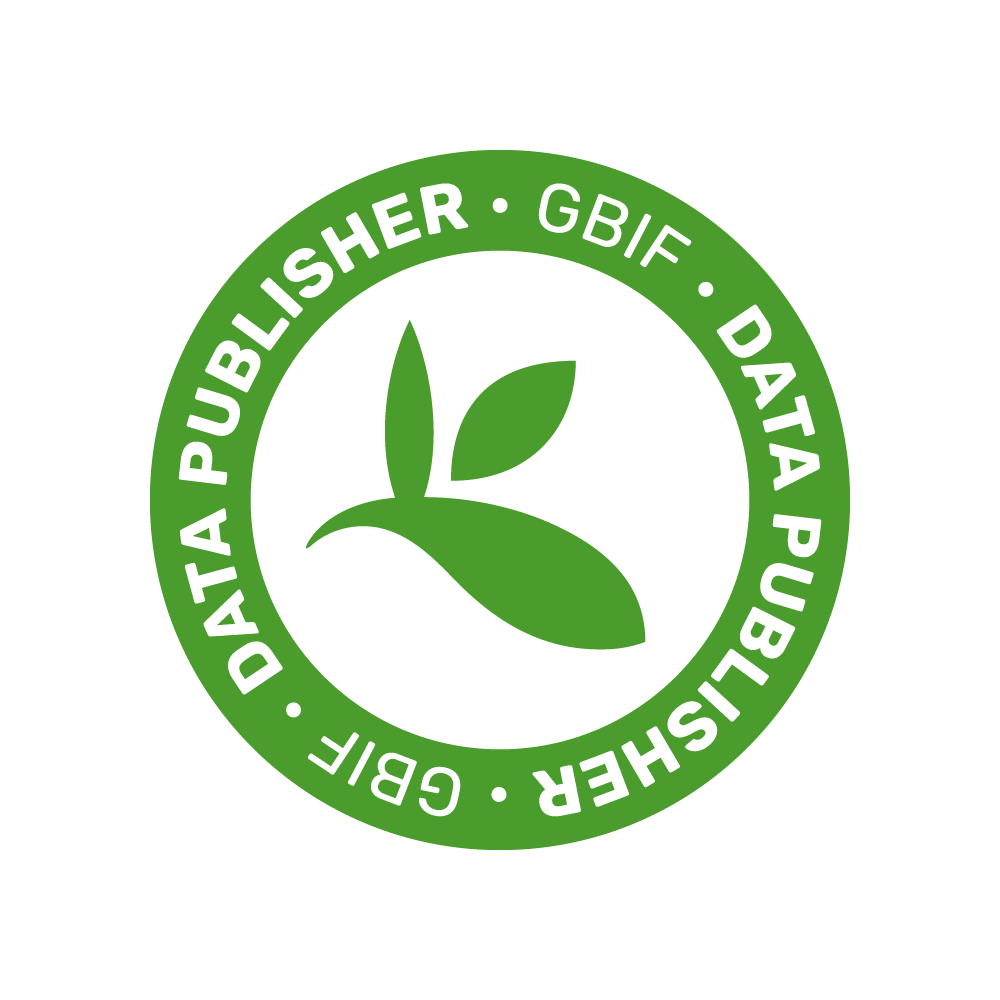|
Description
|
Cancer related genes represent a class of genes whose proteins, under normal conditions, carry out functions critical to several cellular pathways, but upon abnormal expression promote cancer development (1). For example, mutations in PTEN onco-suppressor gene play a key role in the progression of some forms of melanoma (2). Externally mediated control of gene expression by small molecules directly targeting DNA has long been an elusive goal of scientists for the treatment of cancer cells. Mechanisms of action of these molecules very often involve the binding to specific sequences/structures (i.e. G-quadruplex) present within gene promoters, leading to an alteration of their expression (3-5). In addition, the binding of molecules influences DNA supercoiling, which also plays a key role in transcriptional regulation. These observations indicate a direct connection between DNA interactors, DNA structure and gene expression. Currently, up to 50% of antitumor drugs are natural compounds easily accessible with higher safety index (6-7). Indole is a natural compound widely applied in medical therapies. Among the indole derivatives, the plant hormone indole-3-acetic acid (IAA) is a promising small molecule able to activate different metabolic pathways contributing to preserve the integrity and function of the cells (8-10). We have demonstrated that, in bacteria, IAA interacts with DNA, alters DNA supercoiling and modulates the expression of genes involved in specific pathway, suggesting a relationship between DNA-IAA structure and gene expression (11). We have also carried out preliminary in vitro study showing that IAA interacts with promoter sequences of different cancer related genes containing G-quadruplex structures. Interestingly, the disruption of these secondary structures in the promoter region of PTEN onco-suppressor reduces the DNA-IAA affinity, indicating that IAA preferentially binds this type of structure. Based on these results, we hypothesize that IAA, interacting with specific regions of promoters, may modulate human gene expression. The NEEDS project aims to: A. Analyse the effects of IAA on the expression of cancer-related genes selected in preliminary studies B. Identify human target genes sensitive to IAA C. Study the effect of IAA on cellular metabolism in normal and cancer cells lines with altered expression of the IAA sensitive genes D. Determine the sequence-structure relationships of DNA-IAA interaction |




